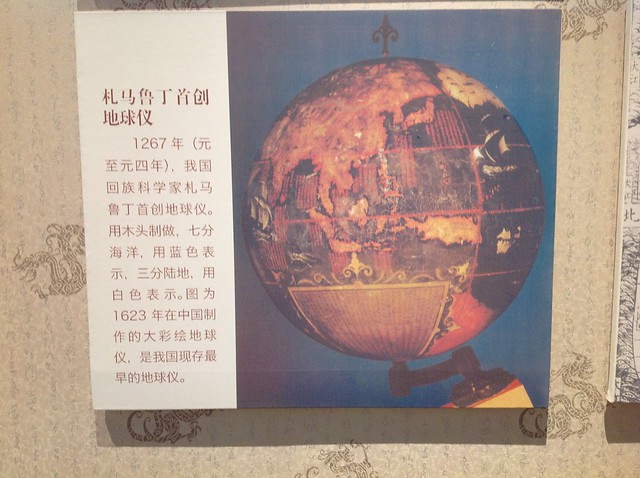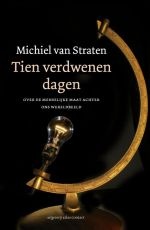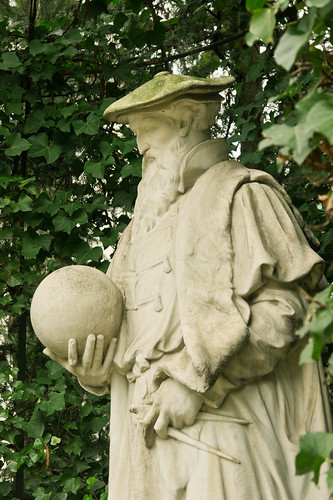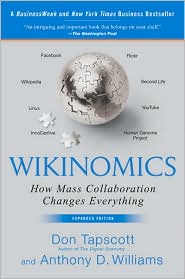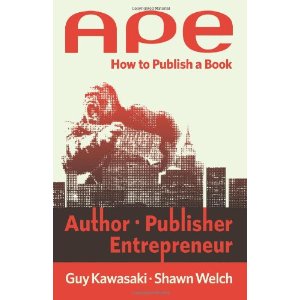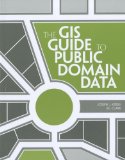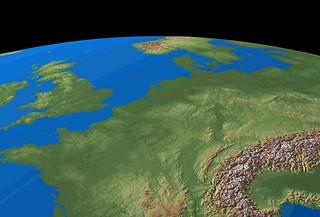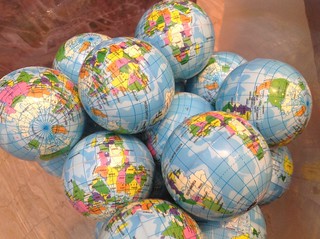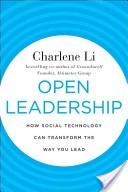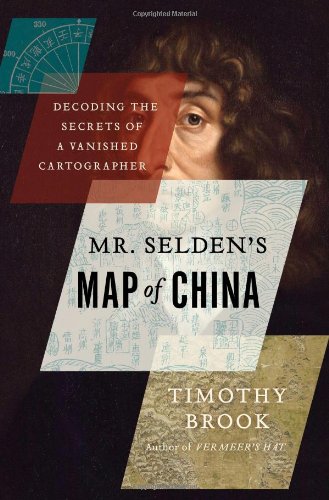 Kaarten zijn kopieën van andere kaarten. Volgens professor / auteur Timothy Brooks is dat de eerste les van de geschiedenis van de kartografie. Maar soms duiken er originele werken op, waarvan er nog geen origineel bestond. Zo ook deze kaart van mijnheer Selden, die om die reden meer onderzoek –en een boek daarover- waard is. De Seldenkaart is vernoemd naar John Selden, tijdgenoot en tegenhanger van Hugo Grotius, die het in zijn testament aan de Bodleian bibliotheek in Oxford heeft nagelaten.
Kaarten zijn kopieën van andere kaarten. Volgens professor / auteur Timothy Brooks is dat de eerste les van de geschiedenis van de kartografie. Maar soms duiken er originele werken op, waarvan er nog geen origineel bestond. Zo ook deze kaart van mijnheer Selden, die om die reden meer onderzoek –en een boek daarover- waard is. De Seldenkaart is vernoemd naar John Selden, tijdgenoot en tegenhanger van Hugo Grotius, die het in zijn testament aan de Bodleian bibliotheek in Oxford heeft nagelaten.
Typisch zo’n goed gedocumenteerd boek, met ruime bronvermelding, dramatis personae, dramatis loci en een tijdslijn. Voor hen die net nog wat dieper willen naspeuren of de auteur een stukje verder willen helpen bij deze puzzel. Getuige Brook’s persoonlijke ervaringen heeft China een obsessie met landkaarten. Hij verhaalt zijn eigen ervaring uit 1976: ooit mocht hij, na een tweejarig verblijf als student, vanwege de nationale veiligheid geen kaart van China mee terugnemen naar de VS. Brooks moest de kaart bij een grenspost achterlaten.
Geen boek over een kaart
 Om maar meteen een mogelijke teleurstelling voor de geïnteresseerde te voorkomen: het is geen boek over een kaart, maar ‘over de mensen van wie het levensverhaal op een of andere manier te maken heeft met de kaart’. Zoals dat van Michael Shen Fu-Tsung, de eerste Chinees die Engeland bezocht, en die de beschrifting op de kaart kon vertalen in het latijn. En dat van John Selden zelf: door zijn politiek engagement ontdekte hij tevens de prijs daarvoor: Karel I arresteerde hem en acht andere parlementsleden, die hem hadden beledigd. Na twee jaar, waarvan een jaar in een soort van huisarrest, kwam Selden vrij, met een proeftijd van nog eens vier jaar. “Er werd hem nooit iets ten laste gelegd.”*
Om maar meteen een mogelijke teleurstelling voor de geïnteresseerde te voorkomen: het is geen boek over een kaart, maar ‘over de mensen van wie het levensverhaal op een of andere manier te maken heeft met de kaart’. Zoals dat van Michael Shen Fu-Tsung, de eerste Chinees die Engeland bezocht, en die de beschrifting op de kaart kon vertalen in het latijn. En dat van John Selden zelf: door zijn politiek engagement ontdekte hij tevens de prijs daarvoor: Karel I arresteerde hem en acht andere parlementsleden, die hem hadden beledigd. Na twee jaar, waarvan een jaar in een soort van huisarrest, kwam Selden vrij, met een proeftijd van nog eens vier jaar. “Er werd hem nooit iets ten laste gelegd.”*
Wat maakt die kaart van Selden, waarop zelfs Xanadu is aangegeven, dan zo anders? Waarom heeft de –onbekende- Seldencartograaf een windroos op de kaart gezet die tot dan toe alleen op Europese zeekaarten prijkten? Brooks ontrafelt dit en andere geheimen van de kaart in zes stappen. De eerste is dat China niet is wat het lijkt en dat bovendien de kaart niet echt over China gaat. Uiteindelijk is het gewoon een zeekaart waarop kooplieden konden zien hoe ze moesten varen, niet met het doel om bepaalde aanspraken op soevereiniteit (het vierde geheim).
Waarom lezen?
Om de begrippen zoals Terra Nullis, Mare Clausum en het verdrag van Tordesillas een plaats te geven en te begrijpen waarom de hemel rond, maar China vierkant is. En om te begrijpen waarom China rechten claimt in de Zuid-Chinese zee. En als je een interesse in geografisch puzzelen voor gevorderden hebt.
Verder is het boek vol weetjes voor de geografisch geïnteresseerde: het zeemanskompas, dat zuidwaarts, niet noordwaarts wees, was een Chinese uitvinding. Kompas betekent oorspronkelijk ‘met een passer getekende cirkel’. “waar roodharen wonen” verwijst naar een Nederlandse handelspost. Mooiste quote: “Geografische onwetendheid belemmerde doelmatig bestuur.” De reden waarom Zhang Huang, auteur van de Studie over de Oostelijke en Westelijke Zee, een atlas van zijn eigen district wilde maken. Dat leest toch heel actueel.
Brooks situeert de Seldencartograaf onder aan de kaart op Java, hetzij Bantam of in Jakarta. De naam van de cartograaf blijft onbekend, “dat moet het puzzelstukje blijven dat we nooit zullen vinden”. De datum: rond 1608. Afsluitend over Selden: “Selden was iemand die alles las.” Het verbaast dan niet dat hij een kaart, waarin zoveel te lezen was, in zijn bezit had gekregen.
En de metafoor?
Wat zijn de Seldenkaarten van de moderne geowereld? Wat zijn de ‘originele werken, waarvan er nog geen origineel bestond’? Wanneer werd in Nederland het eerst over GIS of ‘slimme kaarten’ gesproken en geschreven? Waar zitten de leiders en waar de volgers? Zeker interessant om eens uit te zoeken, maar zeker niet zo spannend als het verhaal achter de Seldenkaart.
* Onverwachts is dat beledigen toch weer een actueel thema. Laat ik vooral duidelijk maken dat Charles 1e net als zijn collegae, een waarachtig groots heerser was, een lichtend voorbeeld voor zijn land en tijdgenoten en, ver daarbuiten. De Engelsen vonden het ook maar wat fijn om zo’n monarch te hebben.
